What is Intellectual Property?
Intellectual Property (IP) refers to the rights that arise when someone creates or develops something that is original or new. These new creations or developments, which may be brands, artistic works, designs, inventions, etc., may then be protected by a number of complex laws governing intellectual property. The four main areas of IP that are provided statutory protection are; patents, trade marks, designs, and copyright.
If you or a company has IP, then you may have Intellectual Property Rights (IPRs) to protect yourself against others using, or taking your IP. However, some IP rights don’t apply automatically, meaning you have to actively protect your IP. You must register your IP in the country where you are seeking protection in order to have your rights recognised and protected. If you successfully register your IP you must be aware that each IP right has a period of time for which it can be registered, enforced and protected.
Regional Protection
Most IP rights are regional, meaning that the territory in which you have the IP right is the one that deals with any issues with your rights should they arise. If you want to trade in several countries, then you must have your IP rights registered, protected, and enforced in those jurisdictions. If you have been granted a trade mark, design, or patent in one region, it does not give an automatic granting right in another. All forms of IP need to be specifically assessed and approved in each country in which you intend to do business. If you want your trade mark, design, or patent recognised in another country then you must file an application in the countries in which you intend to trade and/or an international application with WIPO.
Different Systems
Every country's IP system is different, and it is important to understand how they work and what is involved in applying to protect your IP. In most countries standard patents last for 20 years, pharmaceutical patents for 25 years, copyright for between 50 and 100 years after the death of the creator, and designs for 10 years. During the years of registration certain fees and conditions have to be met for both designs and patents to be afforded continual registration. Interestingly, trade marks can remain in force indefinitely provided certain fees are paid and conditions met. Also, lots of countries have treaties with one another, which makes the application process a little easier. However, time, costs, and filing procedures are different and need to be understood before filing in different countries. A thorough assessment of your brand, business, and needs is recommended.






